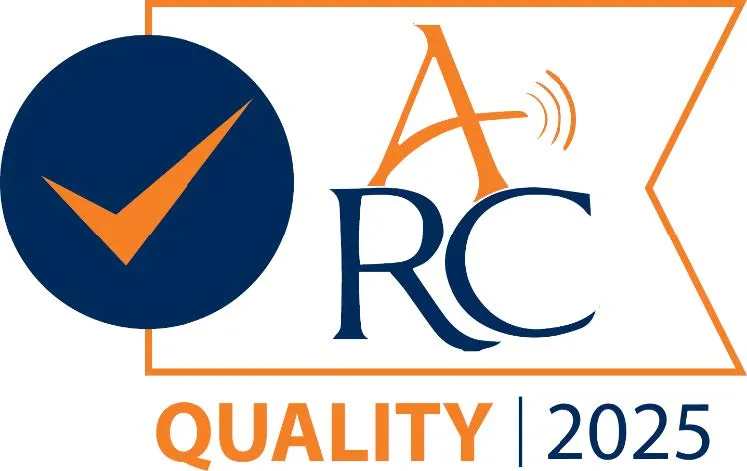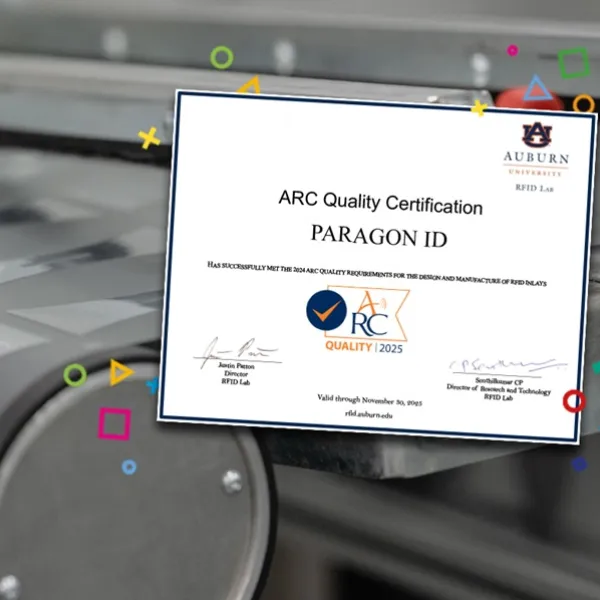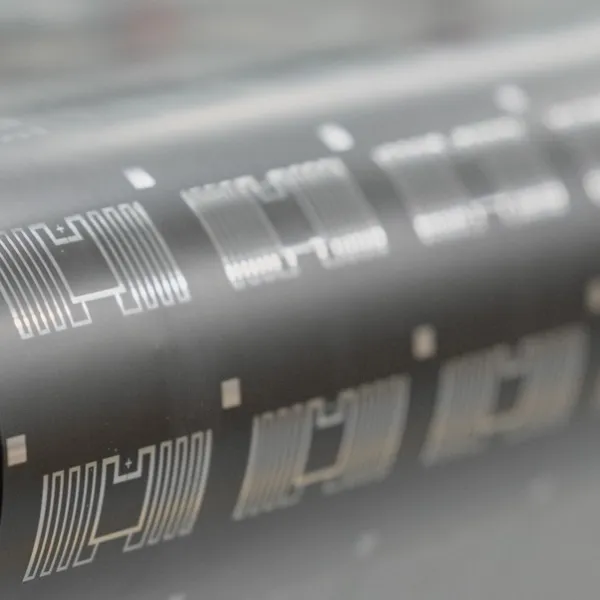Understanding the ARC RFID certification

In the fast-paced world of retail, ensuring RFID tags work seamlessly across diverse products and environments is critical. This is where the ARC RFID program at Auburn University’s RFID Lab steps in. More than just a standard-setting initiative, the ARC certification guarantees superior tag performance and quality.
When Walmart, the world’s largest retailer, mandated RFID tagging across its supply chain, it chose to partner with ARC. This decision highlighted ARC’s pivotal role in shaping RFID standards and cemented its reputation as the gold standard for RFID certification.
In this article, we explore why the ARC certification is indispensable for retailers, manufacturers, and the RFID industry as a whole.
Walmart: A pioneer in the adoption of RFID technology in the retail sector
Walmart’s global operations span 10,000+ stores in 24 countries. With a supply chain involving thousands of suppliers, the company’s shift to RAIN RFID tagging in 2020 was monumental. Beginning with apparel, Walmart expanded its RFID initiative to new product categories in 2022 and again in 2023 (read more about the Walmart mandate here).
Even with this phased approach, thousands of Walmart suppliers across the world were mandated to RFID tag their products and that those RFID tags had to perform consistently across a vast range of materials and conditions.
From jeans to socks, products differ in how they’re displayed and handled. Tags must be read reliably, whether using handheld devices or fixed readers in warehouses and stores.
The solution? Walmart mandated the use of ARC-certified tags to ensure:
- Consistent readability across materials.
- Accurate inventory tracking.
- Compliance with stringent quality standards.
By relying on ARC-certified tags, Walmart safeguarded the efficiency of its operations while enhancing the customer experience.
What does the ARC RFID certification mean?
The ARC certification signifies excellence in RFID tag performance and quality. The program’s mission is clear:
“To ensure RFID tags meet or exceed the levels of performance and quality necessary to provide benefit to the End user in a consistent and cost-effective manner.”
This mission positions ARC certification as a symbol of reliability for retailers and manufacturers alike.
Tag performance: the foundation of ARC certification
The role of ARC specifications
At the heart of the ARC certification are its specifications (or “specs”). These functional guidelines define the minimum performance requirements for RAIN RFID tags under different conditions.
Each spec is tailored to a specific product category. For example, books use ARC Spec O, while apparel often aligns with Specs Y or Y2. The specs ensure tags perform reliably, whether on fabric, paper, or plastic. A list of ARC specs and Paragon ID’s inlays meeting these specs can be found here: https://www.paragon-id.com/en/solutions/rain-rfid-inlays.
The house analogy: ARC as the architect
Imagine building a house. You may know what you want it to look like but turning that vision into reality requires an architect to create detailed plans. These plans guide the builders, ensuring the house meets your expectations.
Similarly, ARC acts as the “architect” of RFID tag specifications. It sets functional requirements—like the number of rooms in a house or the presence of a kitchen—without dictating the exact design. Manufacturers, like builders, translate these functional plans into physical RAIN RFID tags that comply with ARC’s standards.
Unlike a house plan, however, ARC specifications focus on functionality rather than exact dimensions or appearance. The specs define performance goals, such as reliable readability on specific materials, leaving room for manufacturers to innovate.
Why ARC speeds innovation
ARC specifications don’t limit manufacturers to a fixed design. Instead, they define what the tag must achieve (e.g., readability on certain materials) but do not impose dimensions, shape or even the type of IC (chip) used. This flexibility allows manufacturers like Paragon ID to innovate and create antennas and ultimately tags that not only meet but often exceed ARC’s requirements.
Smaller, more efficient RFID inlays are a prime example. Over time, advancements in antenna design and IC sensitivity have led to smaller ARC-compliant inlays. These inlays are:
- Less intrusive: They blend seamlessly into product designs.
- Eco-friendly: Smaller inlays reduce material usage and shipping weight.
- Cost-effective: They lower production and logistics costs.
An ongoing process of improvement
The ARC program continuously evolves. New specs are added for emerging product categories, while existing specs are updated to reflect technological advancements. This commitment to innovation keeps the certification relevant and valuable.
Quality Assurance: Why ARC certification is trusted
Rigorous testing for approval
Every new inlay design must pass exhaustive testing to earn ARC certification. This includes submitting thousands of samples produced under real-world manufacturing conditions. Only RFID tags that meet ARC’s stringent performance criteria are approved.
Annual quality certification
Certification doesn’t stop at initial approval. Manufacturers must implement a robust quality management system (QMS) to ensure consistent production. ARC evaluates this system, looking for RFID-specific measures to maintain high standards.
To remain certified, manufacturers undergo an annual audit. This ensures:
- Production processes remain stable.
- Tags continue to meet performance benchmarks.
Paragon ID has proudly held the ARC Quality Certificate for four consecutive years, reflecting its commitment to excellence.
Real-world validation
ARC goes a step further by conducting store-level testing. Tags are sampled from retail environments—after being applied to products, shipped, and displayed on shelves. These real-world tests provide invaluable feedback, which manufacturers use to refine their designs and processes.
Why ARC certification matters to the RFID industry
For retailers
Retailers like Walmart, Decathlon, Zara and many others benefit from:
- Reliability: ARC-certified RAIN RFID tags work consistently across global supply chains.
- Efficiency: Improved inventory accuracy leads to better stock management and customer satisfaction.
- Sustainability: Smaller, ARC-compliant inlays reduce environmental impact.
For manufacturers
For RFID manufacturers, ARC certification is a mark of distinction. It assures clients that their RAIN RFID tags meet the highest standards of performance and quality, creating a competitive edge in a crowded market. In January 2025, only 7 manufacturers have the ARC quality certification.
Conclusion
The ARC RFID certification is more than just a label—it’s a guarantee of performance, quality, and innovation. By choosing ARC-certified RAIN RFID tags, retailers and other businesses in various sectors (pharma, aviation, manufacturing, logistics…) ensure seamless RFID implementation, while manufacturers benefit from an industry-recognized benchmark of excellence.
Paragon ID’s continued success in earning ARC certification demonstrates its leadership in RAIN RFID technology.
Explore our range of ARC-certified solutions and learn how we’re shaping the future of RAIN RFID. Browse our catalogue!
Heading
Transforming RFID standards with ARC certification.
Contact us to find out more
Contact us!
Contact us to find out more





